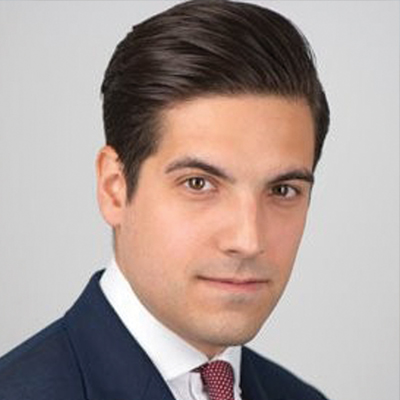Protection & Indemnity Clubs
Multiyear Hikes on the Horizon for Marine Protection and Indemnity Insurance Market
Broker Arthur J. Gallagher & Co. predicts hardening markets as P&I clubs seek dry land following years of givebacks and low rates that led to worsening combined ratios.
- Terrence Dopp
- February 2021
-





Key Points
- Snapshot: Gallagher’s prediction, which comes in a report ahead of 2021 renewals, warns the hard market could last four years.
- Money Shot: While investments faced uncertainty in 2020 and the trend can’t be ignored, higher premium rates could prove a headwind to economic recovery from the COVID-19 pandemic.
- Upshot: Gallagher says clubs should consider using $5.5 billion in free reserves to blunt any proposed rate increases.
Marine protection and indemnity clubs are about to enter a hard cycle that could last four years, with rate increases from 7.5% to 10% per year after a prolonged soft market and poor investment returns, said Alex Vullo, divisional director of marine at broker Arthur J. Gallagher & Co.
Over the past several years, he said, clubs have pushed for flat premiums to smaller increases, yet cash givebacks and other enticements like owners' discounts more than ate into that pool of money.

The last seven or eight years have been the softest market in our history.
Alex Vullo
Arthur J. Gallagher & Co.
“The last seven or eight years have been the softest market in our history,” Vullo said.
In addition to the financial incentives, rates typically fell between 30% and 40%, he added. “So members have benefited over that period, and as a broker we've been warning our clients that, 'Look, the hard market is coming.' And we've started warning our clients that we've seen this coming.”
Gallagher's warning was first issued in a report ahead of this month's annual renewal period for marine P&I clubs. It serves two purposes, as Vullo tells it: Exerting some pressure on clubs to “be fair” with members, and preparing clients for what is almost certainly ahead.
In a report issued in February 2020 ahead of renewals that year, AM Best found the beginnings of a hardening market, with general increases of 2.5% to 7.5% attributed to years of erosion of premiums to a level that was “unsustainable,” an increase in the cost of pool claims, and volatility in financial markets.
As a sector, marine P&I is dominated by the 13 clubs of the International Group of P&I Clubs, which collectively insure about 90% of the world's oceangoing tonnage, according to AM Best. The organizations are mutuals, meaning they must balance their own needs to be economically stable with the financial constraints of their members.
U.K.-based Gallagher is prodding clubs to limit the size of increases given the uncertainty of COVID-19 and the unknown extent of its economic impact.
Malcolm Godfrey, executive director of Gallagher's Marine P&I Division, in the pre-renewal report urged clubs to tap $5.5 billion in free reserves to soften the blow after several years of soft conditions.
Gallagher cited the rise of protectionism, a shift toward “onshoring”—increased domestic production—and changes to supply chain risk management as trends that will hamper recovery. Vullo also said his firm sees the inclusion of infectious disease exemptions in future policies.
“The post-virus world economy remains an unknown, and the outlook for shipping is far from clear,” Godfrey wrote in the report. “If ever there was a chance to subsidize the members' predicament by the use of these reserves to abate or defer the needed premium increases, this would be it.”
In total, the market's combined ratio went from 82 in 2015 to 120 in 2019, Vullo said. Rate increases are in part an effort to bend that figure back into favorable territory. At the same time, he said, clubs are “clawing back” some of the financial incentives given to customers.
“This is again why we think this is a three-to-four year hard market. The clubs need to get the rates up in order for them to tackle the combined ratios,” he said. “It's pretty straightforward, and 2020 is kind of new to this. The fact is that you can't rely on the investment markets to bail you out.”
The investment crash early in 2020 demonstrated what could go wrong when investment losses “collide” with underpriced underwriting, the Gallagher report said: “Fortunately this COVID-19 inspired investment crash has proved transitory so far, but the COVID-19 story has possibly not yet run its full course.”
AM Best noted in its report that P&I clubs tend to have a greater risk appetite than other nonlife commercial insurers, and many are willing to take a longer term investment approach. They also seem to have a tolerance for year-over-year risk.
Further adding to the squeeze, AM Best found the cost of claims had risen due to an increase in vessel size, which added to claims complexity when there are serious incidents; an upward trend in shipowners' liability limits; and technological advances allowing deep-water wreck removal.
On the other hand, a move toward newer ships, loss prevention investments and increased club deductibles helped push down those costs, the AM Best report said.



























